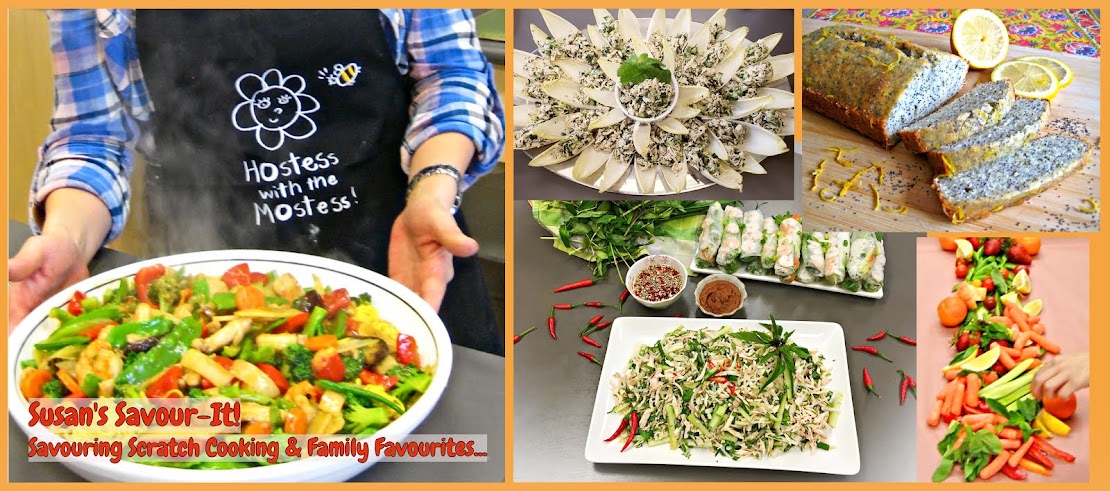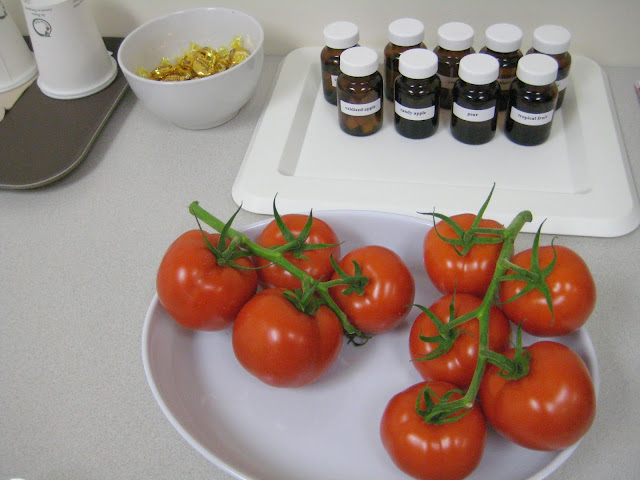Innovate For Impact by enriching people’s lives through science and discovery in horticulture is what goes on at Vineland Research & Innovation Centre in Vineland Station en route to fruitful Niagara from Toronto. As an independent non-for-profit research organization set up in 2007, their focus was on creating impact for the Canadian horticulture sector to bring us fruits, vegetables, flowers and plants to the local market as well as to the global marketplace. This means acres in the field, shelf space in the stores, and economic and environmental gains for farms, greenhouses, exports, new businesses and jobs. Today Vineland prides itself in rebuilding the centre into a thriving hub of horticulture research furnished with the latest scientific equipment, a full-to-capacity greenhouse and a highly-skilled research team. They work with the right commercial partnerships to deliver on the concepts, and consumer insights has everything to do with the execution.
As they approach their tenth anniversary, they invited members of Food Bloggers of Canada with an exclusive inside-the-science look into the importance of conducting sensory evaluation with consumers and how this plays a crucial role in bringing the right products to market. We engaged in three mini workshops and had a lovely catered-in lunch with the centre's produced harvest. Flashback, sensory exercises I am very familiar with conducted back in my days as a product developer for a food manufacturer and then as a culinary expert in a Corporate test kitchen collaborating with brands to test products for market. This was going to be a fun day with other bloggers!
 |
| Vineland Research and Innovation Centre |
What is consumer insights? This is what drives consumer behaviour-- their attitudes and influences to what they buy and consume. Here, consumer intelligence is put to work for horticulture research. This can be applied to opening new markets, bringing growth of plant varieties to Ontario and Canada, breeding varieties for Canadian production to global markets, and enhancing quality and production of say greenhouse tomatoes and breeding non-edible products such as the Canadian hardy rose.
Inside Vineland's greenhouse grounds.
 |
| Me with @nomadicnutritionist |
 |
| A bounty of tomatoes thrive in the controlled greenhouse. |
In partnership with the Canadian Nursery Landscape Association (CNLA), Vineland manages Canada's only national rose breeding program focused on cold hardy, low maintenance roses that are strongly aligned with consumer preferences. Extensive consumer research and branding concepts generate renewed interest in landscape roses with new and younger Canadians. The first rose for release from the program in 2017 is the Canadian Shield, part of Vineland's 49th Parallel Collection.
Can you guess what attribute of a rose is the No. 1 driver of consumer preference?
 |
| In person, fragrance is of utmost importance, on-line or catalogue, it is colour! |
As part of the insight to consumer-driven horticulture strategies, we looked at two rose plants for a test exercise. One of the consumer surveys was a like and dislike check-list for the features of the plant. These include attributes we don't normally think about such as its density, height, flower coverage and thorn length. The other was mini profiling of the plants by standing back and assessing the plants as they compare to one another with a low to high scale on things like flower size and petal curling. These kinds of collected consumer data help determine desirable features of a rose that can lead to new breeding, thus reinvigorate the rose market landscape in North America.
The food technician preparing food products for our next hands-on sensory workshop.
A preference taste was done on apples. The sample cups were coded and we tasted in the order that was received with a sip of water and a bite of cracker in between to cleanse the palate. We indicated our preference and select the reasons for our choice. Our evaluations were collected and the results show that preference was given to the apple that was sweeter with a crisper texture. This was the Smitten apple. It is the first variety scouted by Vineland that's ready for commercialization in Canada.
The next evaluation was on baked sweet potato. This was done on a rating scale with two types of sweet potatoes. In general, uniform bright orange sweet potatoes are golden for consumers and looks matter most. This has been tested with taste panelists as fries, baked and pureed over the course of two years.
In the controlled sensory lab as our final workshop, sterile, plain and odour-free is the optimum environment for unbiased taste testing without influence from other factors. Each survey is set up on a computer in individual panelled booths/cabins with regulated lighting above. Behind the roll-up panel door, taste samples were provided when ready to be tested.
This was a reference picture of apples, glasses of cider and samples of baked potatoes shown in controlled lighting. The lighting unit enables a uniform and glare-free lighting of the workplace. We tasted two samples of apples and two samples of ciders.
To cap off an interactive morning, we had food catered in from Zoomacaters using harvest-- eggplant, sweet potato and apple produced at the centre's grounds.
Oven-roasted chicken with soy ginger eggplant and mushrooms over sweet potato puree. I especially enjoyed the baked lightly seasoned crisp potato skin used as a lovely textural garnish.
Harvest apple shortbread crumble with maple cream.
The real measure of success, has certainly been seeing the fruits of Vineland's labour in orchards, fields, greenhouses and of course in supermarkets. There is so much more including winter-hardy Cold Snap pears, Pixie grapes, okra, peaches and nectarines. I look forward to scouting out and savouring our local Ontario-grown creations knowing that our collective consumer voices propelled these kinds of innovative harvests, and that they are accessible to us all.
If interested in more, stay up-to-date on Vineland's research programs by joining their mailing list.













No comments:
Post a Comment
Note: Only a member of this blog may post a comment.